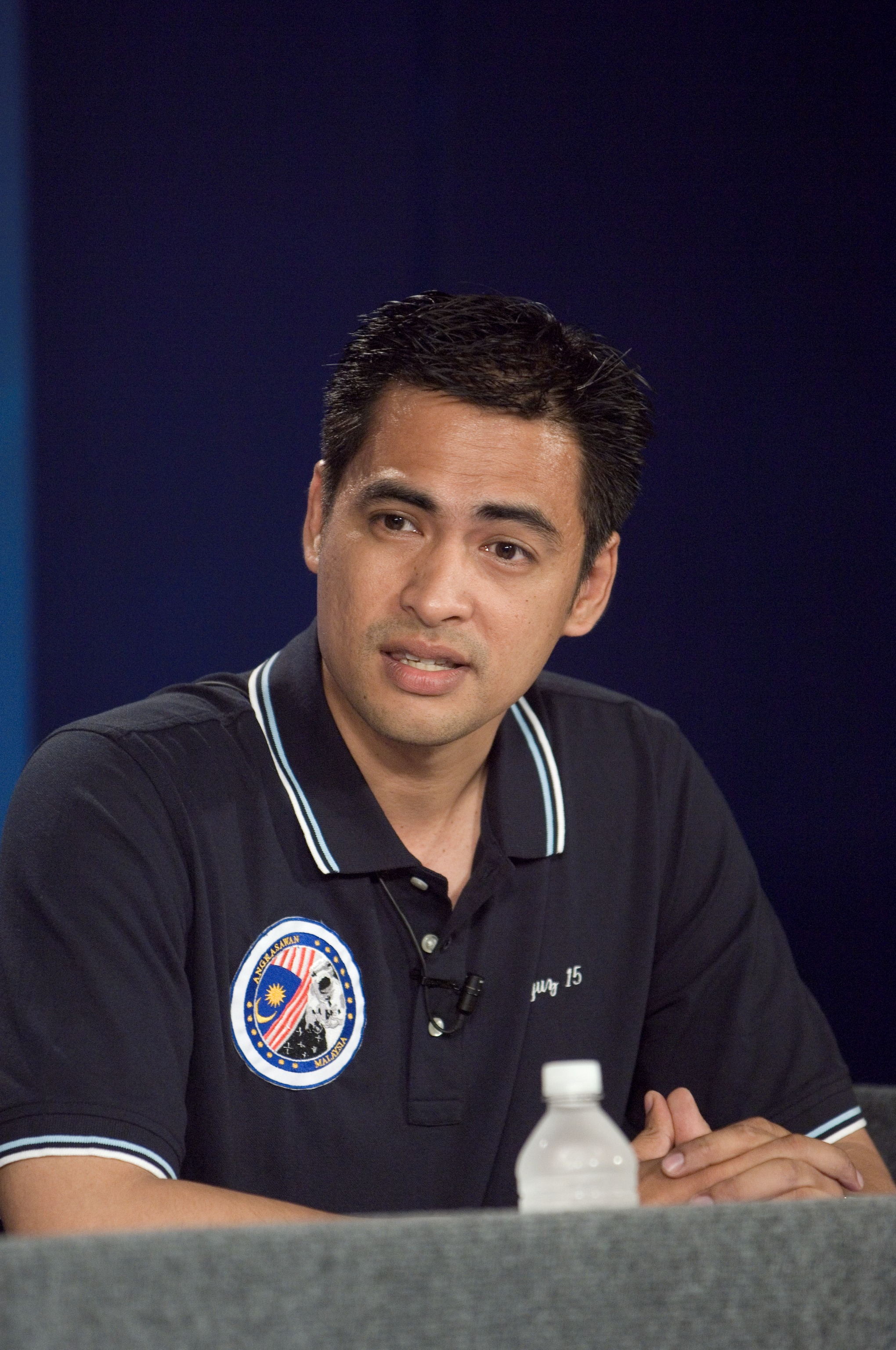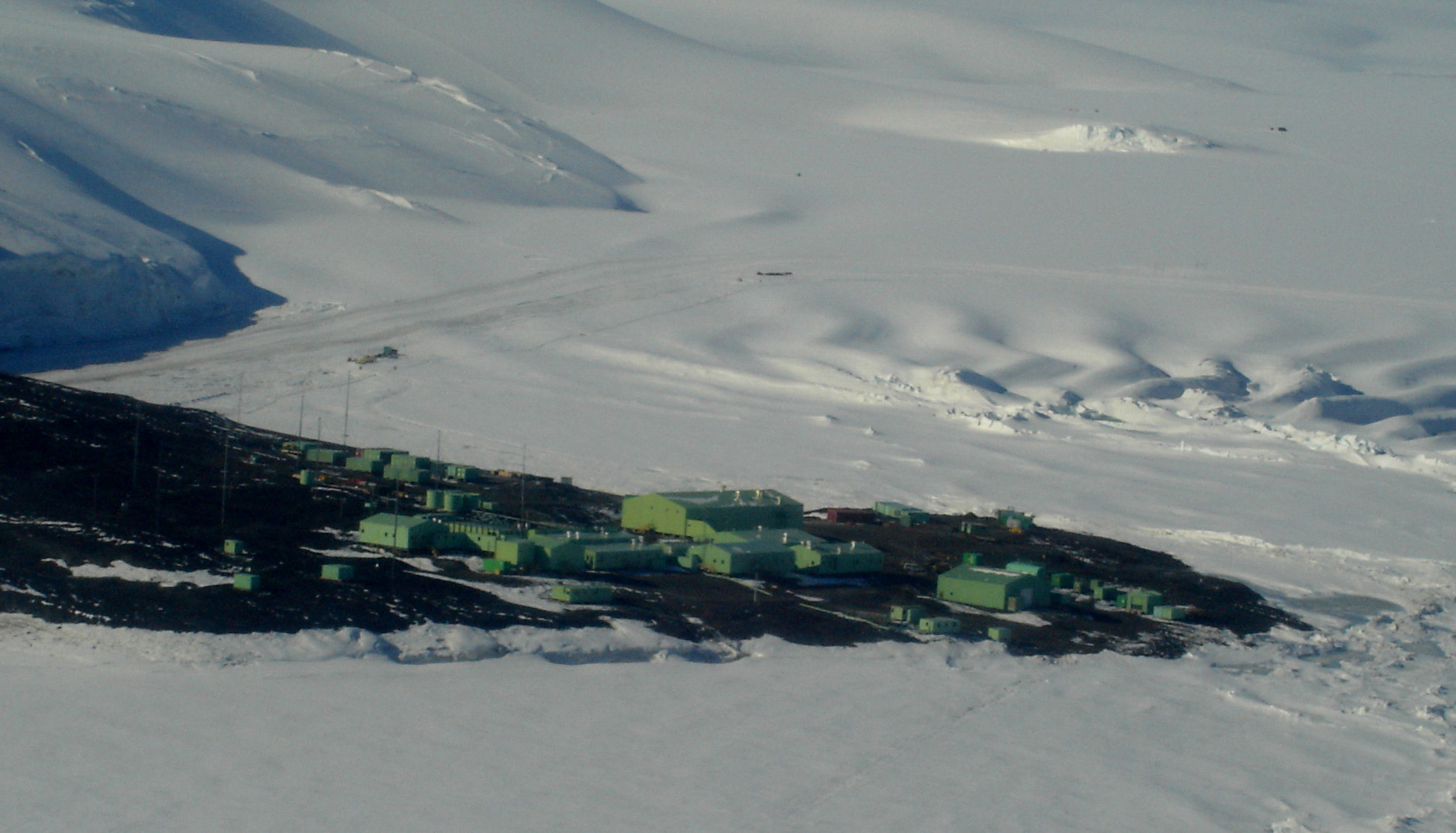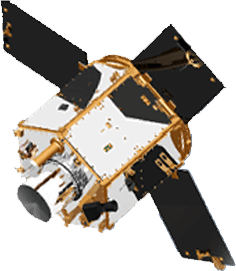|
Science And Technology In Malaysia
Science policy in Malaysia is regulated by the Ministry of Science, Technology, and Innovation. The ministry focuses on five areas: biotechnology, ICT policy, industry, sea to space and core science and technology. Other ministries, such as the Ministry of Agriculture and the Ministry of Health also have science departments. Training in scientific areas was promoted during the 1970s and 1980s. From 1987-1997 research and development used 0.24% of GNP, and in 1998 high-tech exports made up 54% of Malaysia's manufactured exports. Malaysia is one of the world's largest exporters of semiconductor devices, electrical goods, information and communication technology products. Innovation in Malaysia is dominated by large foreign multinational companies. Malaysia was ranked 36th in the Global Innovation Index in 2021 History In an effort to create a self-reliant defensive ability and support national development, Malaysia privatised some of its military facilities in the 1970s. This h ... [...More Info...] [...Related Items...] OR: [Wikipedia] [Google] [Baidu] |
Low Earth Orbit
A low Earth orbit (LEO) is an orbit around Earth with a period of 128 minutes or less (making at least 11.25 orbits per day) and an eccentricity less than 0.25. Most of the artificial objects in outer space are in LEO, with an altitude never more than about one-third of the radius of Earth. The term ''LEO region'' is also used for the area of space below an altitude of (about one-third of Earth's radius). Objects in orbits that pass through this zone, even if they have an apogee further out or are sub-orbital, are carefully tracked since they present a collision risk to the many LEO satellites. All crewed space stations to date have been within LEO. From 1968 to 1972, the Apollo program's lunar missions sent humans beyond LEO. Since the end of the Apollo program, no human spaceflights have been beyond LEO. Defining characteristics A wide variety of sources define LEO in terms of altitude. The altitude of an object in an elliptic orbit can vary significantly along the orbit. ... [...More Info...] [...Related Items...] OR: [Wikipedia] [Google] [Baidu] |
Academy Of Sciences Malaysia
The Academy of Sciences Malaysia (Malay: Akademi Sains Malaysia) is a statutory body in the Malaysian government established under an act of Parliament (Academy of Sciences Malaysia Act 1994). The Academy, abbreviated as ASM, is the highest scientific advisory body of Malaysia, and is organizationally under the Ministry of Energy, Science, Technology, Environment and Climate Change (Malaysia), Ministry of Energy, Science, Technology, Environment and Climate Change (MESTECC). Its purpose is to be the ‘Think Tank’ of Malaysia for matters related to science, engineering, technology and innovation, and to pursue excellence in the fields of science, engineering and technology. The Academy consists (as of 2018) of 353 Fellows in eight science disciplines. The current President is Professor Datuk Dr Asma Ismail. History In 1995, ASM was established under the “Academy of Sciences Malaysia Act 1994” with 50 Foundation Fellows. The Academy's first office was located in Jalan ... [...More Info...] [...Related Items...] OR: [Wikipedia] [Google] [Baidu] |
Scott Base
Scott Base is a New Zealand Antarctica, Antarctic research station at Pram Point on Ross Island near Mount Erebus in New Zealand's Ross Dependency territorial claim. It was named in honour of Captain Robert Falcon Scott, Royal Navy, RN, leader of two United Kingdom, British expeditions to the Ross Sea area of Antarctica. The base was set up as support to field research and the centre for research into earth sciences, and now conducts research in many fields, operated by Antarctica New Zealand. The base is from the larger U.S. McMurdo Station via Pegasus Road. History Scott Base was originally constructed in support of the UK inspired and privately managed Commonwealth Trans-Antarctic Expedition (TAE). The New Zealand government provided support for the TAE and also for the International Geophysical Year (IGY) project of 1957, five of whose members were attached to the Expedition. In February 1956, 10 months before the TAE and IGY parties were due to head to the Antarctic, ... [...More Info...] [...Related Items...] OR: [Wikipedia] [Google] [Baidu] |
Malaysian Armed Forces
The Malaysian Armed Forces (: MAF; ms, Angkatan Tentera Malaysia; Jawi: ), are the armed forces of Malaysia, consists of three branches; the Malaysian Army, Royal Malaysian Navy and the Royal Malaysian Air Force. The number of MAF active personnel is 113,000 along with the reserve forces at 51,600. The Supreme Commander of the Malaysian Armed Forces is the ''Yang di-Pertuan Agong;'' the King of Malaysia. Background Malaysia's armed forces were created from the unification of military forces which arose during the first half of the 20th century when Malaya and Singapore were the subjects of British colonial rule, before Malaya achieved independence in 1957. The primary objective of the armed forces in Malaysia is to defend the country's sovereignty and protect it from any and all types of threats. It is responsible for assisting civilian authorities to overcome all international threats, preserve public order, assist in natural disasters and participate in national develop ... [...More Info...] [...Related Items...] OR: [Wikipedia] [Google] [Baidu] |
Langkawi International Maritime And Aerospace Exhibition
Langkawi International Maritime and Aerospace Exhibition (LIMA) is a maritime and aerospace exhibition that takes place once every two years in Langkawi, Malaysia. The last event took place in 2019. The event is one of the largest maritime and aerospace exhibitions in the Asia-Pacific, and is focused mainly on the defence industry, but also supports civilian industries. In 2013, LIMA recorded an overall growth of 10%, with 433 exhibitors from 31 countries, 333 defence delegations from 38 countries, 632 media personnel from 127 agencies, 68 ships and 78 aircraft attending the show. The 5 day event also saw 38,421 trade visitors from both defense and commercial sectors from all around the world, as well as 135,691 public visitors. The exhibitors involved in the event exhibit their products inside the purpose built Mahsuri International Exhibition Centre (MIEC), adjacent to the terminal at Langkawi International Airport. The maritime exhibitions take place at Resort World Langkawi ... [...More Info...] [...Related Items...] OR: [Wikipedia] [Google] [Baidu] |
RazakSat
RazakSAT is a Malaysian Earth observation satellite carrying a high-resolution camera. It was launched into low Earth orbit on 14 July 2009. It was placed into a near-equatorial orbit that presents many imaging opportunities for the equatorial region. It weighs over three times as much as TiungSAT-1 and carries a high resolution Earth observation camera. Developed in conjunction with Satrec Initiative, the satellite's low inclination orbit (9 degrees) brought it over Malaysia a dozen or more times per day. This was intended to provide greatly increased coverage of Malaysia, compared to most other Earth observation satellites. An audit report released in October 2011 revealed that the satellite had failed after only 1 year of operation. RazakSAT was the first and only operational satellite to be put in orbit by SpaceX's Falcon 1. Background This satellite is Malaysia's second remote sensing satellite after TiungSAT-1. Originally called MACSAT, RazakSAT's payload is mainly elect ... [...More Info...] [...Related Items...] OR: [Wikipedia] [Google] [Baidu] |
Royal Malaysian Air Force
The Royal Malaysian Air Force (RMAF, ms, Tentera Udara Diraja Malaysia; TUDM; Jawi: ) was formed on 2 June 1958 as the Royal Federation of Malaya Air Force (; ). However, its roots can be traced back to the Malayan Auxiliary Air Force formations of the British Royal Air Force in then-colonial British Malaya. The Royal Malaysian Air Force operates a mix of modern American, European and Russian-made aircraft. History Early years The Malaysian air forces trace their lineage to the Malayan Auxiliary Air Force formations of the Royal Air Force (RAF) formed in 1934. They later transformed into the Straits Settlements Volunteer Air Force (SSVAF) and the Malayan Volunteers Air Force (MVAF) formed in 1940 and dissolved in 1942 during the height of the Japanese advance over Malaya. The latter was re-established in 1950 in time for the Malayan Emergency and contributed very much to the war effort. On 2 June 1958 the MVAF finally became the Royal Federation of Malaya Air Force (RF ... [...More Info...] [...Related Items...] OR: [Wikipedia] [Google] [Baidu] |
International Space Station
The International Space Station (ISS) is the largest modular space station currently in low Earth orbit. It is a multinational collaborative project involving five participating space agencies: NASA (United States), Roscosmos (Russia), JAXA (Japan), ESA (Europe), and CSA (Canada). The ownership and use of the space station is established by intergovernmental treaties and agreements. The station serves as a microgravity and space environment research laboratory in which scientific research is conducted in astrobiology, astronomy, meteorology, physics, and other fields. The ISS is suited for testing the spacecraft systems and equipment required for possible future long-duration missions to the Moon and Mars. The ISS programme evolved from the Space Station ''Freedom'', a 1984 American proposal to construct a permanently crewed Earth-orbiting station, and the contemporaneous Soviet/Russian '' Mir-2'' proposal from 1976 with similar aims. The ISS is the ninth space station to ... [...More Info...] [...Related Items...] OR: [Wikipedia] [Google] [Baidu] |
Angkasawan Program
The ''Angkasawan program'' was an initiative by the Malaysian government to send a Malaysian to the International Space Station on board Soyuz TMA-11. The program was named after the Malay word for astronaut, ''Angkasawan''. It resulted in Sheikh Muszaphar Shukor becoming the first Malaysian in space on 10 October 2007. Background and objectives The program was officially announced by Prime Minister of Malaysia, Mahathir bin Mohamad, as a joint programme with the Russian Federation. It was a project under the government-to-government offset agreement through the purchase of Sukhoi Su-30MKM fighter jets for the Royal Malaysian Air Force. Under this agreement the Russian Federation bore the cost of training two Malaysians for space travel and for sending one to the International Space Station (ISS) in October 2007. The National Space Agency (Malaysia), National Space Agency (ANGKASA), Ministry of Science, Technologies and Innovations was given the responsibility of selecting th ... [...More Info...] [...Related Items...] OR: [Wikipedia] [Google] [Baidu] |
Sheikh Muszaphar Shukor
Sheikh Muszaphar Shukor Al Masrie bin Sheikh Mustapha (born 27 July 1972) is the first Malaysian astronaut. He launched to the International Space Station aboard Soyuz TMA-11 with the Expedition 16 crew on 10 October 2007. Sheikh Muszaphar flew under an agreement with Russia through the Angkasawan program, and returned to Earth on 21 October 2007, aboard Soyuz TMA-10 with the Expedition 15 crew members, Fyodor Yurchikhin and Oleg Kotov. Career Sheikh Muszaphar was born in Kuala Lumpur, the son of Ustaz Muhaidin. He is of Malay, Minangkabau and Arab descent. He attended high school at Maktab Rendah Sains MARA in Muar. He then earned a Bachelor of Medicine and Surgery degree from Kasturba Medical College, an affiliated college of Manipal University, in Manipal, India. Sheikh Muszaphar previously worked as an orthopaedic medical officer (MO) but never completed his specialisation. at the Universiti Kebangsaan Malaysia. In 1998, Sheikh Muszaphar worked at Hospital Seremban, fol ... [...More Info...] [...Related Items...] OR: [Wikipedia] [Google] [Baidu] |
National Space Agency (Malaysia)
The National Space Agency ( ms, Agensi Angkasa Negara), abbreviated ANGKASA, was the national space agency of Malaysia. It was established in 2002 and its charter includes aims to upgrade, stimulate and foster the country's space programme through integrated and coordinated efforts by developing and applying space technologies. In 2019, National Space Agency (ANGKASA) was merged with the Malaysian Remote Sensing Agency (MRSA) and renamed the Malaysian Space Agency (MYSA) for greater synergy. Angkasawan program Crewed programs The Angkasawan program was an initiative by the Malaysian government to send a Malaysian to the International Space Station on board Soyuz TMA-11. The program was named after the Malay word for astronaut, Angkasawan. It resulted in Sheikh Muszaphar Shukor becoming the first Malaysian in space on 10 October 2007. The program was officially announced by the former Prime Minister of Malaysia, Mahathir bin Mohamad, as a joint programme with the Russian Federa ... [...More Info...] [...Related Items...] OR: [Wikipedia] [Google] [Baidu] |





